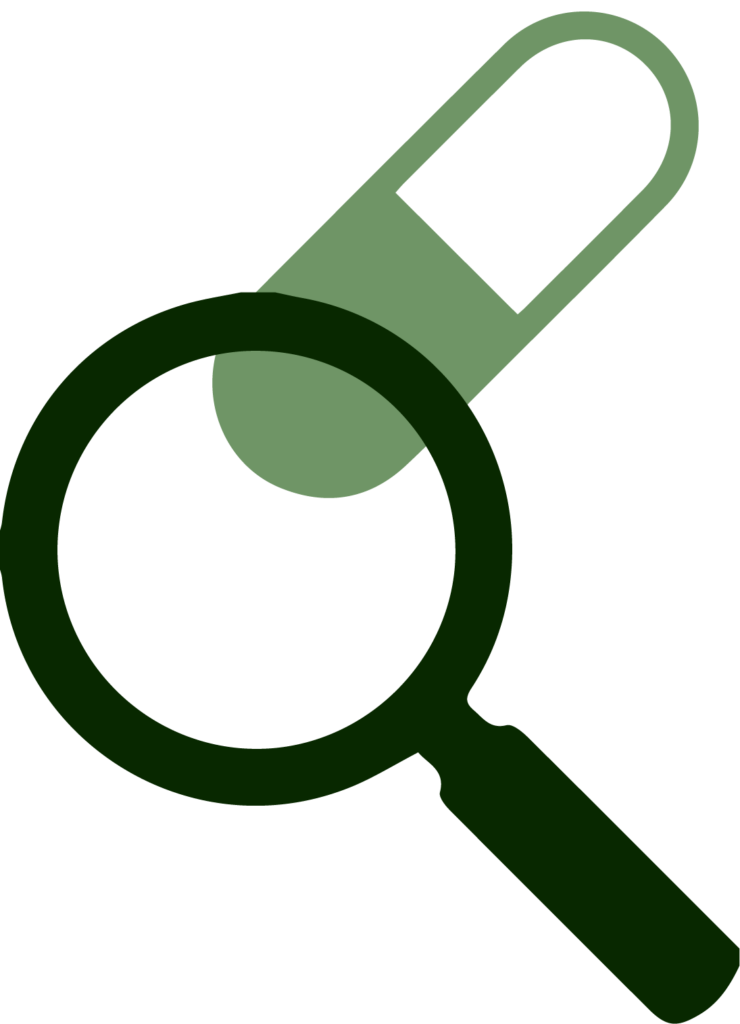How Your Depression Medication Works

Developing medications that can help manage emotion turns out to be quite complex. Understanding how your depression medications work will require a little bit of anatomy, a bunch of crazy scientific names, and a bit of physiology. But stick with us, this quick read will be great for your understanding.
Quick Anatomy/Physiology Lesson
Your brain is full of neurons. These neurons start huge cascades of microscopic movements of very small compounds like sodium and potassium molecules. These cascades cause your neurons to rapidly communicate with each other. One of the methods the neurons use to communicate with each other are by moving neurotransmitters around. The neurotransmitters are moved around through spaces between neurons called the synaptic cleft. This is where your medication comes in.
In this article, we are going to zero in on the serotonin neurotransmitter, because the most common antidepressant class is the selective serotonin reuptake inhibitor (SSRI) class. Serotonin is involved in controlling your physical movements, hormone secretion, cognition, and of course, your emotion, reward system, and affection.
How the SSRI Works
Do you remember that synaptic cleft from the first section? That is the area between neurons where they communicate with one another. This area is where all the work takes place for SSRIs.
Now for the confusing words.
Another name for serotonin is 5-hydroxytryptamine, or 5-HT for short. There is a structure that hangs out near the synaptic cleft called the solute carrier family 6 (neurotransmitter transporter, serotonin), member 4 (SCL6A4). SCL6A4 is responsible for bringing 5-HT (serotonin) back into the neuron and out of the synaptic cleft if there is too much serotonin in the synaptic cleft.
The serotonin hypothesis of depression is supported by a possible chronic serotonin deficit in the synaptic cleft. Therefore, scientists developed a compound that could decrease the activity of SCL6A4, thus increasing the levels of serotonin floating around in the synaptic cleft. That compound (the SSRI) is what people now take as depression medication.
The SSRI class has many different medications such as fluoxetine, fluoxamine, paroxetine, sertraline, and citalopram. They’re all a little different but generally function based upon the process listed in this article.
The information in this article was based on this published and peer-reviewed journal article.
So Now You Know
At Honu Medical, we always urge patients to empower themselves with knowledge. We think that you should always understand what you’re putting into your body. If you feel that you are dealing with profound or prolonged depression, and feel that you would like to discuss SSRIs further, reach out to us by clicking the button below.
